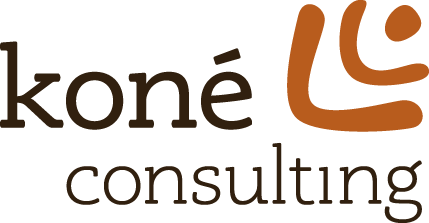Behind the seen
The Invisible Injury and the Impacts of Brain Trauma
Did you know March is Brain Injury Awareness Month? We would be remiss, even on the last day of the month, to not spend a moment bringing attention to this often overlooked and misunderstood topic. Neurotrauma, specifically traumatic brain injury (TBI), is a leading cause of death and disability among children and young adults in the United States, alone[1]. 69 million affected worldwide. In 2007, the World Health Organization (WHO) accurately predicted TBI to surpass many diseases as the major cause of death and disability by 2020.[2] Today—2021—we’re still sitting in the back of the class, socially emaciated of information and awareness on TBI and neurotraumatic injury.
Thankfully, many organizations are actively doing their part to bridge the gap in awareness and support survivors and their loved ones in recovery. We have had the honor of working with several of these organizations, including the Brain Injury Association of America (BIAA) Maine Chapter, the Colorado MINDSOURCE Brain Injury Network, and The Kennedy Krieger Institute and Foundation. These organizations (and many notable other) have been faithfully passing around the cup on social mindfulness about TBI in all its forms.
Contrary to common thought, accidents and blunt force trauma aren’t the only culprits to TBI. The nation’s leading invisible injury can also occur in unseen ways. Domestic violence and overdose among them, and both on the rise since the COVID pandemic. Not only are many TBI survivors often domestic abuse victims, as well, but more often than you’d imagine, invisible abuse can be equally accountable.
Alternatively, traffic- and sports-related injuries, accidental falls and direct physical assault account for other slices of the statistic pie on leading TBI causes. There’s still so much room for more conversation and understanding on traumatic brain injury, especially with increasingly fewer degrees of separation with each passing year as more and more people become affected, directly or through someone they know. It’s time to give voice to the unsung of an unseen adversary.
Koné Consulting joins in doing our bit to better understand the needs of those affected by brain injury so that providers and service systems can optimize brain injury care and recovery. We are proud to partner in cause with awareness groups; promoting available support options for survivors and their families, de-stigmatizing and increasing understanding of TBI and opening the lens on what brain injury survivorship looks like. In our current work with BIAA—Maine we feel grateful to see their efforts up close and personal; to consistently leave a better tomorrow to TBI survivors, their families and friends, and the heroic caretakers and providers who treat and support them.
Learn more about what you can do to help spread awareness on traumatic brain injury at www.biausa.org
Koné Consulting
CELEBRATING 10 YEARS INSPIRING CHANGE
AND LASTING IMPROVEMENTS
Follow us on our Facebook, Twitter and LinkdIn.
[1] “Report to Congress: Traumatic Brain Injury in the United States;” Centers for Disease Control and Prevention, Dec 1999
[2] Estimating the global incidence of traumatic brain injury, National Library of Medicine
